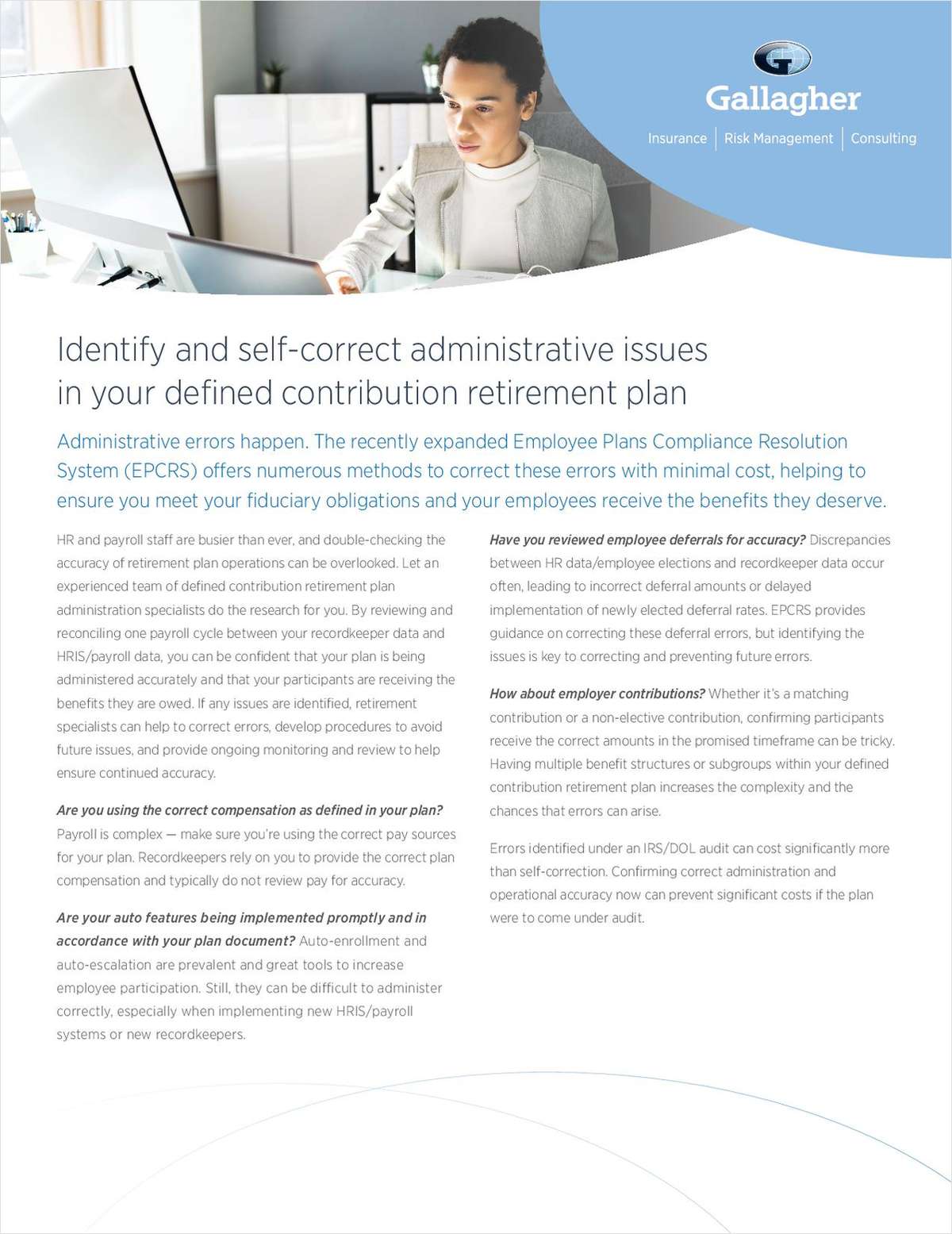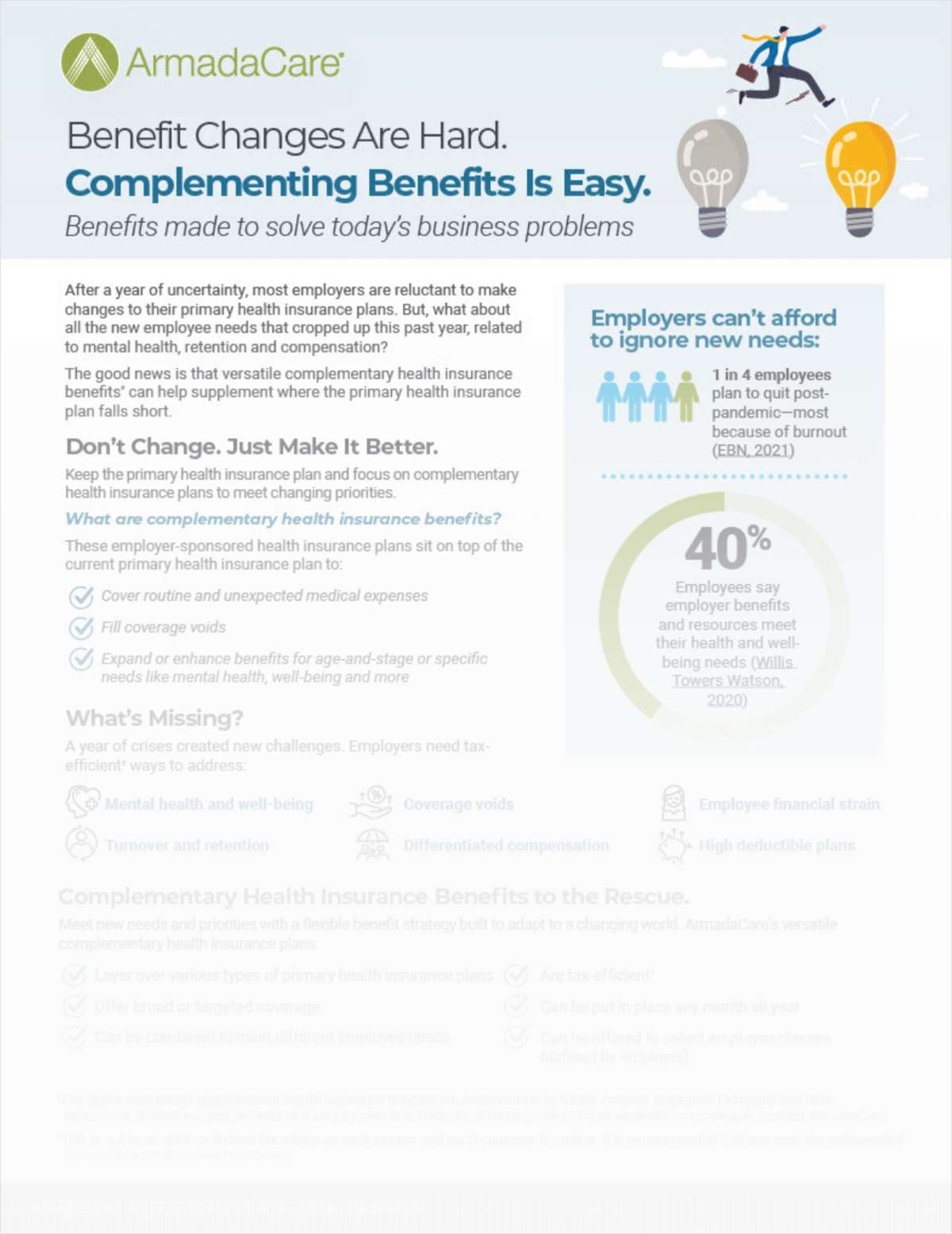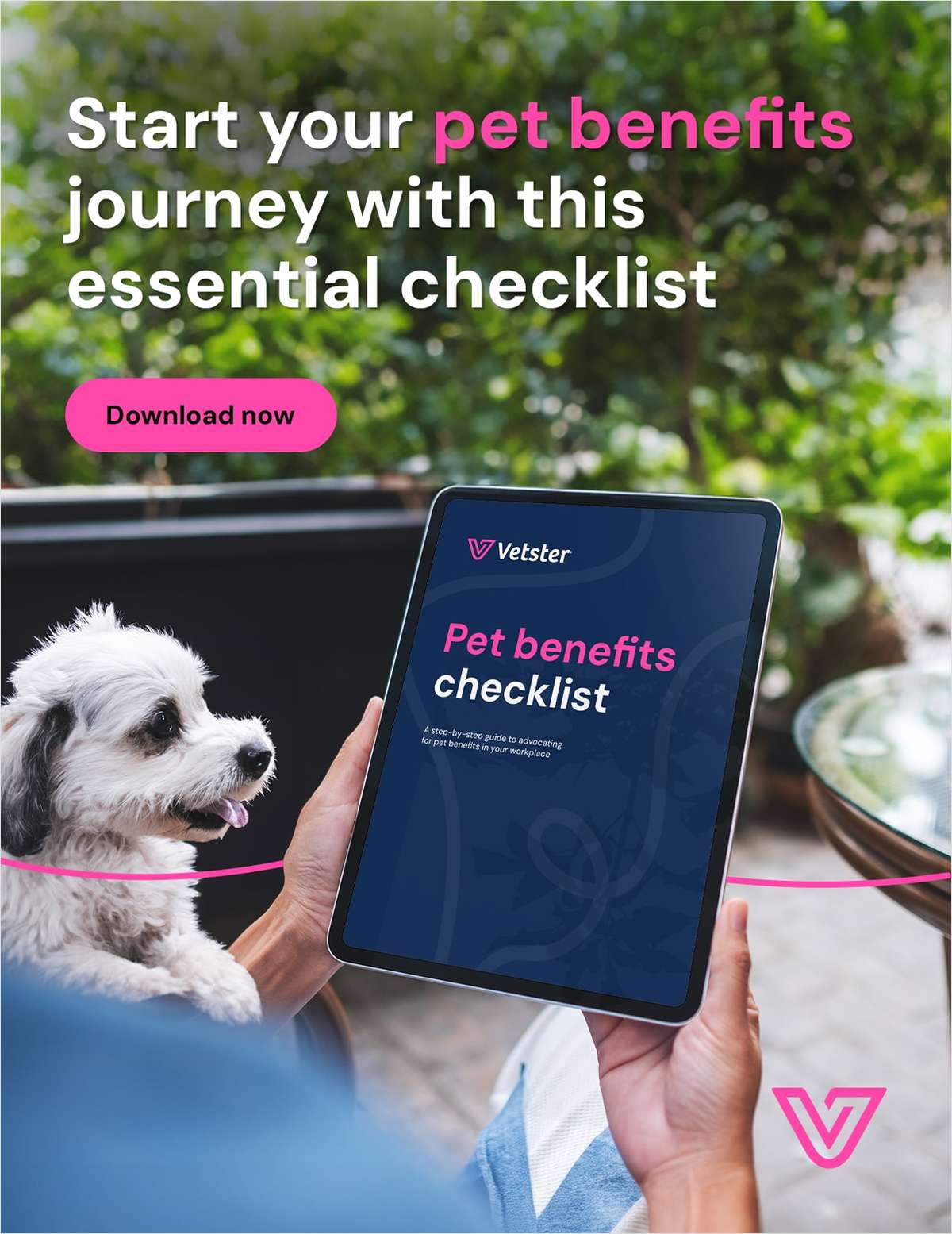A new survey conducted this month finds most companies that offer pre-65 retiree medical benefits intend to apply for a federal reinsurance reimbursement program enacted under new health care reform legislation.
The provision goes into effect June 1, and because federal funding for the program is limited, companies are being encouraged to act fast.
Hewitt Associates surveyed 245 large employers that offer medical benefits to more than 1.3 million retirees. The survey found that more than three-quarters (76 percent) of companies plan to pursue reimbursement under the Early Retiree Reinsurance Program (ERRP) included in the Affordable Care Act.
Under the ERRP, companies can receive an 80 percent reimbursement on claims incurred by early retirees and dependents between $15,000 and $90,000 over the course of a year. Eligible claims include medical, prescription drug and behavioral health. The ERRP will last until Jan. 1, 2014, or until the $5 billion set aside for the program is exhausted.
Hewitt estimates that the average federal reimbursement will represent between $2,000 and $3,000 per pre-65 retiree per year, or approximately 25 percent to 35 percent of total health care costs. As an example, for a company that covers 1,000 pre-65 retirees, participation in the ERRP could result in $2 million to $3 million in reinsurance proceeds per year.
"The number of employers eliminating pre-65 retiree medical benefits has grown over the past decade as health care costs continue to rapidly increase," said Milind Desai, FSA, senior consulting actuary and co-leader of Hewitt's Retiree Health Care Task Force, in a press release. "The early retiree reinsurance program encourages employers to continue offering coverage to pre-65 retirees and their families by providing some temporary relief from expensive pre-65 retiree medical claims. But because so many companies plan to apply for the ERRP, employers will need to act quickly to secure a share of the proceeds, since the federal funds earmarked for this program are limited."
While the law requires that employers use the ERRP reimbursements to reduce the cost of the plan, Hewitt's survey showed that most have not yet decided on a specific approach. Hewitt says its survey was conducted just as interim final rules with additional guidance around the ERRP were issued by the Department of Health and Human Services (HHS).
At that time, two-thirds (66 percent) of companies that intend to apply for the reimbursement said they were unsure about how they plan to use the proceeds and were waiting for this guidance before making a decision. Sixteen percent said they are considering using the reimbursement to reduce premiums--including both employer and retiree share, and another 5 percent said they are considering reducing the retiree share of premiums only.
"While the interim final rule on the ERRP was released in early May, most employers are still looking for more details about how these funds can and cannot be used," said John Grosso, FSA, senior consulting actuary and co-leader of Hewitt's Retiree Health Care Task Force. "We expect additional guidance by the end of June, and we believe companies will then make final decisions on how to best allocate these reimbursements to offset the cost of the plan. Employers will be required to describe how the proceeds will be used to support the plan in their ERRP application."
Complete your profile to continue reading and get FREE access to BenefitsPRO, part of your ALM digital membership.
Your access to unlimited BenefitsPRO content isn’t changing.
Once you are an ALM digital member, you’ll receive:
- Breaking benefits news and analysis, on-site and via our newsletters and custom alerts
- Educational webcasts, white papers, and ebooks from industry thought leaders
- Critical converage of the property casualty insurance and financial advisory markets on our other ALM sites, PropertyCasualty360 and ThinkAdvisor
Already have an account? Sign In Now
© 2024 ALM Global, LLC, All Rights Reserved. Request academic re-use from www.copyright.com. All other uses, submit a request to [email protected]. For more information visit Asset & Logo Licensing.








